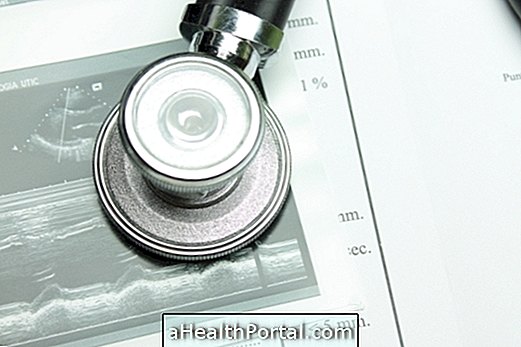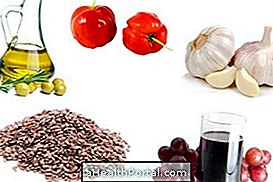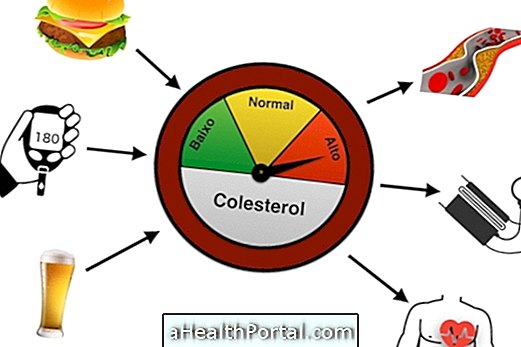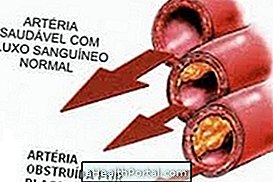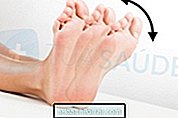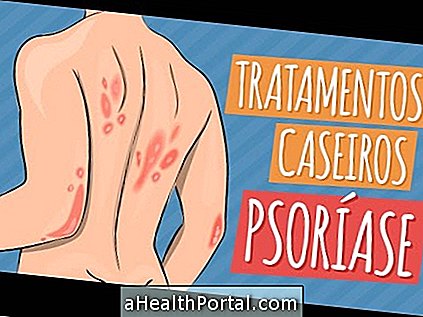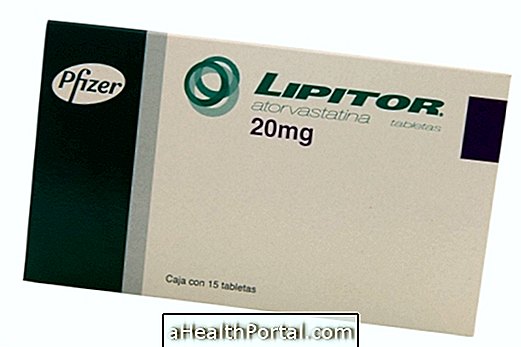The treatment of aortic calcification is done through the use of medicines and changes in diet with the goal of lowering cholesterol, because in most cases this problem is a consequence of high cholesterol.
Calcification of the aorta occurs due to the accumulation of calcium inside the aorta, which hinders the passage of blood and can lead to complications such as heart attack and stroke. However, performing the treatment recommended by the cardiologist and maintaining healthy lifestyle habits helps to improve the symptoms of pain and tiredness, and may even cure the disease and prevent its reappearance.
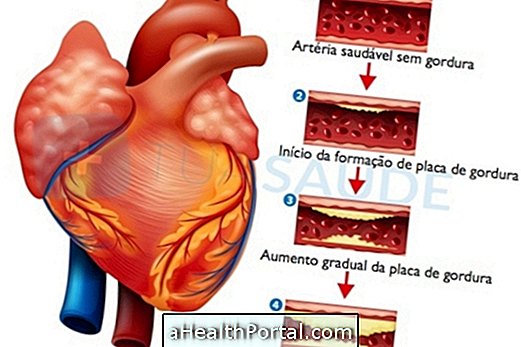
Treatment with Remedies
The medications used to treat aortic calcification are the same as those used to lower cholestrol, such as simvastatin, atorvastatin, and vytorin, since it is usually linked to high cholesterol and clogged blood vessels. In addition, people who take calcium supplementation may need to adjust the dose according to medical advice. See more examples on cholesterol-lowering drugs
However, in more severe cases where the aorta is severely damaged and other complications appear, such as the aortic aneurysm or total obstruction of the blood vessel, the physician may indicate surgery to remove the plaque from the artery or to bridge which will help restore normal blood circulation. See how the saphenous vein surgery is done.

Treatment with Diet
To treat aortic calcification, one should take the same care as the diet used to lower cholesterol, and it is important to increase fiber intake and decrease the intake of sugars and fats.
- What to eat: Through fruit and vegetables, you should eat more raw and leafy vegetables such as lettuce and cabbage, whole grains such as oats, chia and linseed, and good fats present in olive oil and in fish such as salmon, sardines and tuna.
- What to avoid: Fatty meats like bacon, guts, gizzards and liver, industrialized products like packet snacks and stuffed biscuit, cakes, sweets in general, sausage, sausage and ham.
In addition to diet, it is important to regularly do physical activity, quit smoking, and avoid alcoholic beverages. Find more tips on diet to lower cholesterol.
Along with healthy eating, one can also use home remedies to treat cholesterol and thereby prevent worsening of the calcification of the aorta or other blood vessels. See more on cholesterol-lowering home remedies and recipes.
Complications of aortic calcification
Calcification of the aorta increases the risk of cardiovascular problems, such as:
- Infarction;
- Aortic clogging;
- Congestive heart failure, which is when the heart works with difficulty;
- Aneurysm, which is when there is a dilation of the aorta;
- Transient ischemic attack, when some part of the body bleeds inside and we do not notice.
In addition, this disease can also complicate procedures such as stent placement, which is a type of tube implanted within the blood vessel to facilitate the passage of blood in cases of atherosclerosis, for example.
Signs of improvement and worsening
Signs of improvement in aortic calcification are decreased fatigue and dizziness on lifting or exertion, and disappearance of chest pains.
On the other hand, signs of worsening and complications of calcification arise mainly when the blood vessel is completely obstructed, causing intense abdominal pain, vomiting and diarrhea. This pain occurs mostly from 30 to 60 minutes after meals, when there is a greater effort from the abdomen to digest the food.

